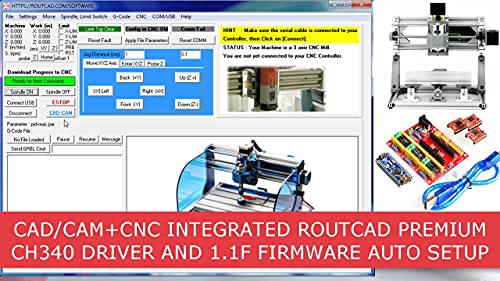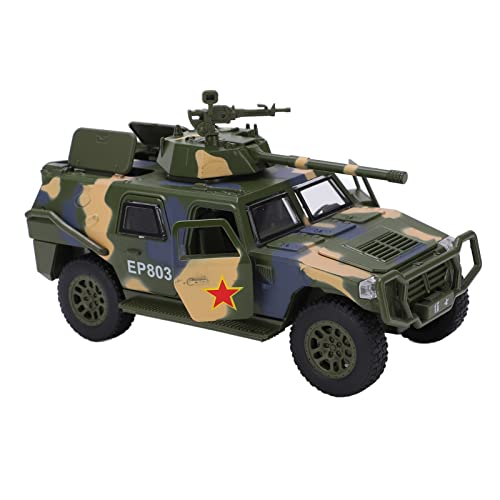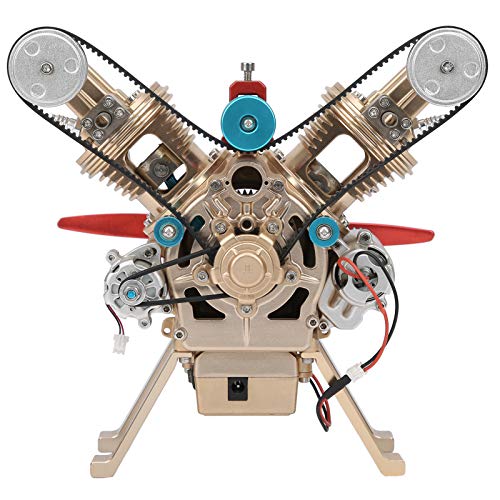raveney
Well-Known Member
Thank you both
Cylinder Sleeve & Displacer Cylinder
The materials for these pieces was very expensive at a bit over $200 online. The carbon steel piece was only $50 but the SS 304 with a bore close to 2.000 was way more than I wanted to spend. I couldn't see boring anything available to a consistent size. My plan is to make a mandrel that supports both parts internally so I can thin them down without crushing/distorting them.
The scrap pile didn't have anything useful for the 2 inch part, so I resorted to welding several pieces together. The center piece (red arrow) is some pretty tough SS that was threaded on both ends and very precise OD. I think it was a large valve stem so it only needed polishing and squaring of the ends with a countersink for the tailstock center. The other parts are carbon steel pipe (blue arrow) and plate (green arrow). I TIG welded them rather than silver brazing so I could avoid distortion and guarantee strength of attachment. They are removable so I can press the sleeves on and off, also allowing a trial fit for the cylinder sleeve to the cylinder (it has two machined fits). I will still use Loctite to ensure a leak-tight cooling water joint.

Nothing else special. I found that my clapped out 9" lathe worked best at 300 rpm with a higher than average feed rate and 0.007 depth of cut or less. Anything else would chatter and break inserts after a few passes. Must have been a weird natural frequency because of the hollow multipart mandrel. With 0.007 depth of cut it took forever (21+ passes)


In the end the part is a keeper and should only need a light honing because of the DOM tolerance. We will see
I started on the 304 SS part. It needed three 0.005 shims and some blue Loctite to fit my mandrel that was made for the CS pipe-size. Surprisingly to me, I can easily take 0.010" depth of cut using a slightly different feed rate. Most of the time the chips break, but sometimes I get a nasty birds nest. I got most of the material removed yesterday. The goal is to reduce it to 0.030" wall thickness to minimize conductive heat transfer upwards to the cylinder. I plan to silver braze a copper cap at the hot end.
Cylinder Sleeve & Displacer Cylinder
The materials for these pieces was very expensive at a bit over $200 online. The carbon steel piece was only $50 but the SS 304 with a bore close to 2.000 was way more than I wanted to spend. I couldn't see boring anything available to a consistent size. My plan is to make a mandrel that supports both parts internally so I can thin them down without crushing/distorting them.
The scrap pile didn't have anything useful for the 2 inch part, so I resorted to welding several pieces together. The center piece (red arrow) is some pretty tough SS that was threaded on both ends and very precise OD. I think it was a large valve stem so it only needed polishing and squaring of the ends with a countersink for the tailstock center. The other parts are carbon steel pipe (blue arrow) and plate (green arrow). I TIG welded them rather than silver brazing so I could avoid distortion and guarantee strength of attachment. They are removable so I can press the sleeves on and off, also allowing a trial fit for the cylinder sleeve to the cylinder (it has two machined fits). I will still use Loctite to ensure a leak-tight cooling water joint.


Nothing else special. I found that my clapped out 9" lathe worked best at 300 rpm with a higher than average feed rate and 0.007 depth of cut or less. Anything else would chatter and break inserts after a few passes. Must have been a weird natural frequency because of the hollow multipart mandrel. With 0.007 depth of cut it took forever (21+ passes)


In the end the part is a keeper and should only need a light honing because of the DOM tolerance. We will see
I started on the 304 SS part. It needed three 0.005 shims and some blue Loctite to fit my mandrel that was made for the CS pipe-size. Surprisingly to me, I can easily take 0.010" depth of cut using a slightly different feed rate. Most of the time the chips break, but sometimes I get a nasty birds nest. I got most of the material removed yesterday. The goal is to reduce it to 0.030" wall thickness to minimize conductive heat transfer upwards to the cylinder. I plan to silver braze a copper cap at the hot end.




















































































